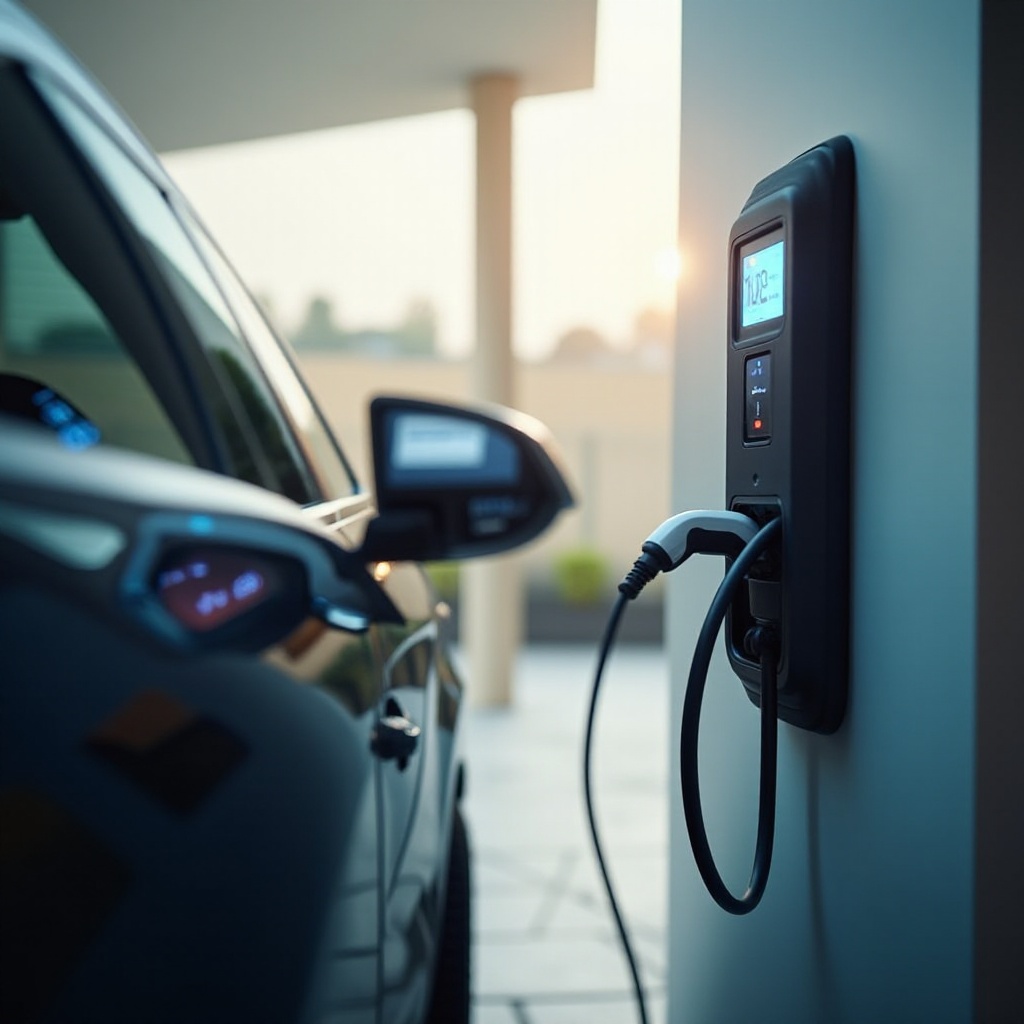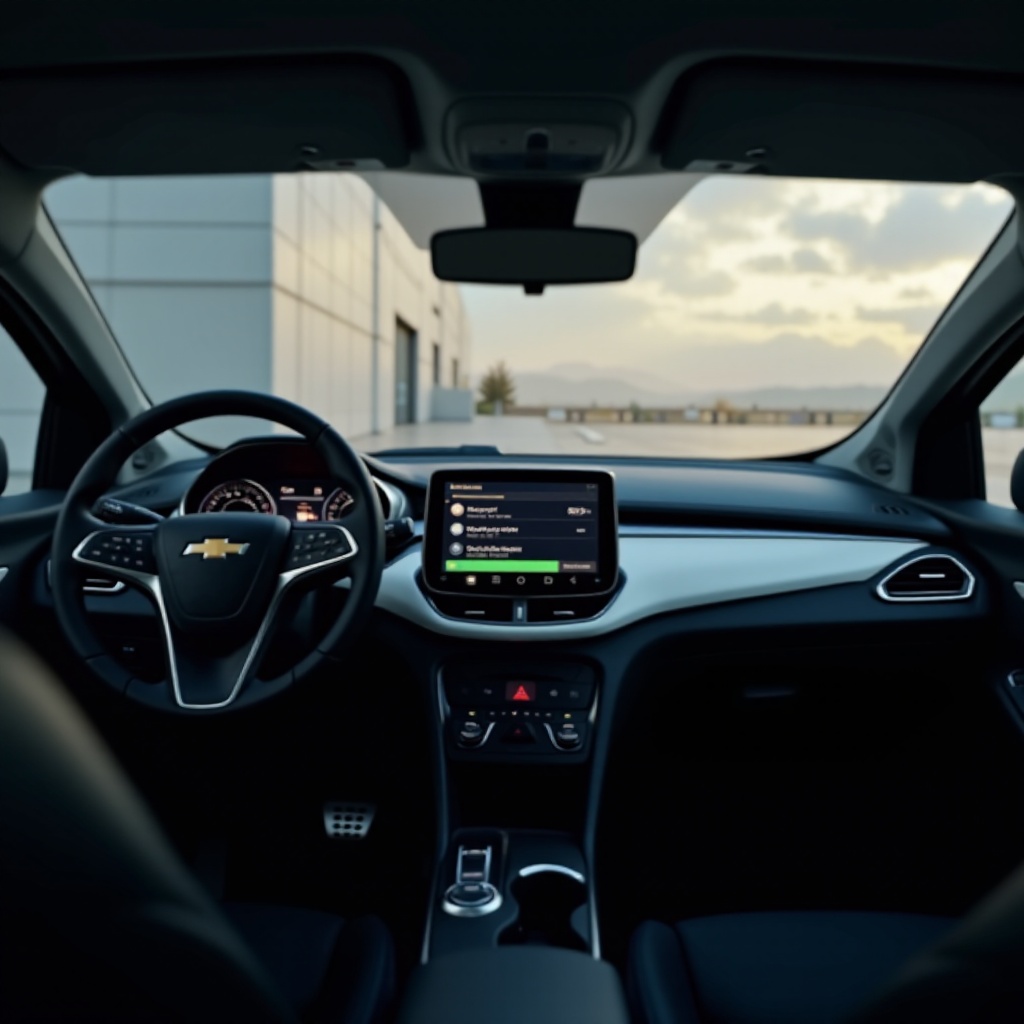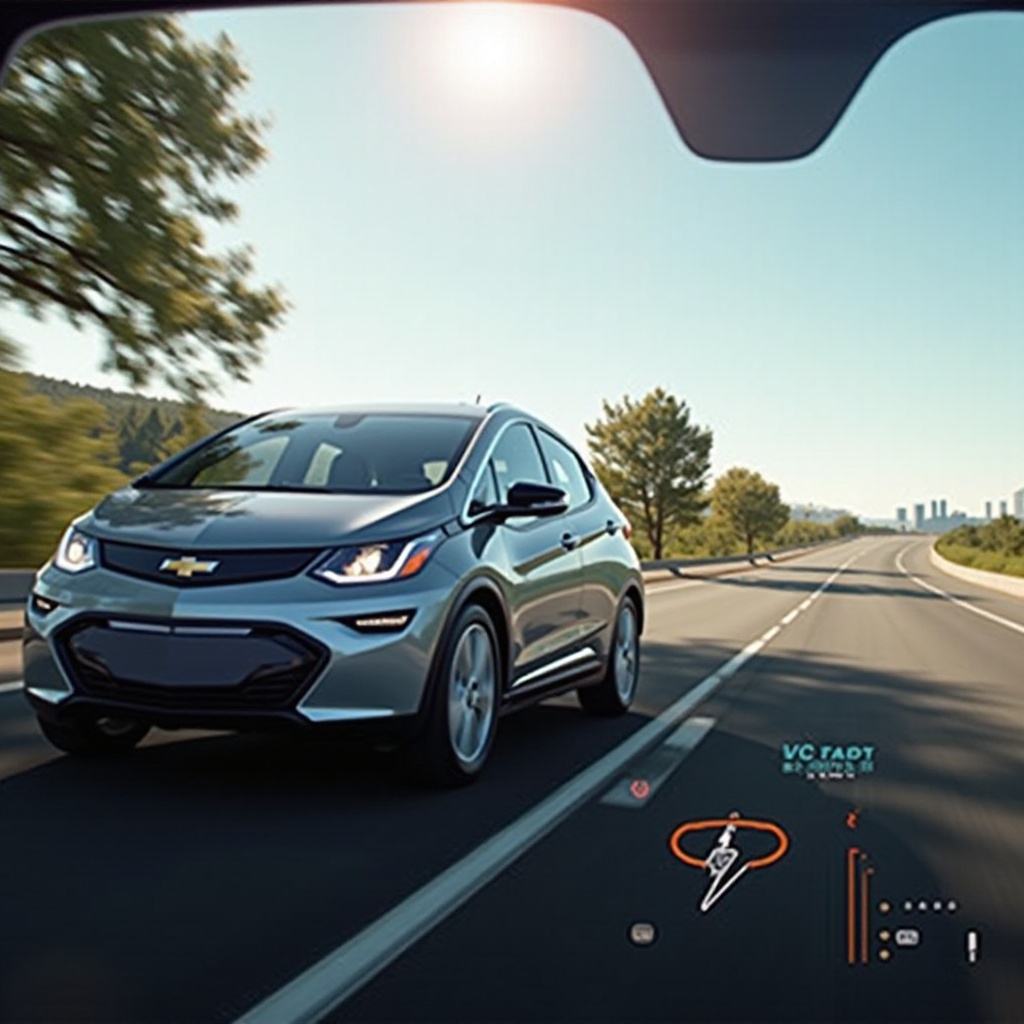Introduction
Driving an electric vehicle like the Chevy Bolt offers a unique experience of smooth, efficient, and environmentally-friendly transportation. However, to ensure you are making the most out of your Chevy Bolt, understanding and setting the correct target charge level is crucial. Target charge levels directly impact not only the driving range but also the overall battery health and long-term performance of your vehicle.
In this guide, we delve into what target charge levels are, how to set them optimally for your Chevy Bolt, and the subsequent effect they have on your vehicle’s battery health. Your goal should be to maintain peak performance while extending the lifespan of your battery—ensuring your Bolt remains reliable for years to come.

Understanding Target Charge Levels
Target charge levels refer to the specified limits you set for charging the battery of your electric vehicle. By default, many EV users may think that continuously charging their vehicle to 100% is ideal, but this isn’t always the case. Adjusting target charge levels helps in better managing the battery’s health and extending its lifespan.
- Full Charge: Charging the battery up to 100% is often unnecessary unless you need the extra range for long-distance travel. Fully charged levels can stress the battery if maintained over extended periods.
- Partial Charge: A more common practice among EV owners is to set a target charge level between 80-90%. This practice reduces the strain on the battery and prevents degradation over time.
- Minimum Charge: Setting a lower charge level for daily use is particularly beneficial if you have a predictable, shorter commute. Typically, a target charge level around 50-60% can be more than sufficient.
Setting an appropriate target charge level is a balance between having enough range for your needs and maintaining battery health.
Setting the Optimal Target Charge Level for the Chevy Bolt
To set the optimal target charge level for your Chevy Bolt, start by evaluating your daily driving habits and energy needs. The Chevy Bolt offers intuitive settings that can be easily adjusted through its onboard interface.
Steps to Set Target Charge Level
- Access Settings: Navigate to the settings menu on the Bolt’s infotainment system.
- Select Charging Options: Within the charging settings, locate the target charge level option.
- Adjust Charge Level: Use the interface to set your desired charge percentage—typically between 50% to 90% for everyday use.
- Confirm and Save: Once set, save the configuration. This setting will guide the charging process moving forward.
Additional Tips
- Scheduled Charging: Utilize scheduled charging to ensure the vehicle charges during off-peak hours, potentially lowering energy costs.
- Monitor Usage: Regularly check your daily commute and adjust the charge level if needed. If your driving needs change, so should your charging settings.
Understanding and implementing the right settings can make a significant difference in battery longevity and overall vehicle performance.
Impact of Target Charge Levels on Battery Health
Understanding how target charge levels affect your Chevy Bolt’s battery can significantly influence the battery’s longevity and performance. Unlike traditional fuel engines, EV batteries require specific care to remain in top condition.
Benefits of Maintaining Proper Charge Levels
- Reduced Battery Degradation: By avoiding full charges and deep discharges, you reduce the wear and tear on the battery cells.
- Thermal Management: Proper charge levels help maintain an optimal temperature range, critical for battery health.
- Improved Battery Life: Consistently charging to a partial level can extend the overall lifespan of your vehicle’s battery.
Adverse Effects of Improper Charge Levels
- Overcharging: Continuously charging to 100% can increase internal resistance and heat, leading to faster degradation.
- Underutilizing: Keeping the battery at a low charge level for too long can also cause issues, such as reduced range or capacity.
Therefore, the health of your Chevy Bolt’s battery is intrinsically linked to how well you manage its charge levels, making it vital to understand and implement best practices.

Comparing Target Charge Levels in Different Driving Scenarios
Different scenarios and driving habits will require different target charge levels.
City Commute
For short urban commutes, setting your target charge level to around 70-80% can be ideal. This range provides sufficient flexibility while ensuring the battery isn’t over-stressed.
Long-Distance Travel
When planning for long trips, you may need to charge to 100%. However, this should be done only when necessary to maximize driving range.
Occasional Use
If you use your Chevy Bolt infrequently, maintaining a target charge level around 50-60% helps preserve battery health during periods of inactivity.
Adapting your charge levels based on usage ensures you maintain a healthy battery while meeting your driving needs.

Conclusion
Getting the best performance and longevity from your Chevy Bolt requires knowledge and strategic management of your vehicle’s target charge levels. By understanding the principles of target charging, setting optimal levels based on your driving habits, and considering the long-term impact on battery health, you can enjoy a more efficient and sustainable driving experience.
Properly managed target charge levels not only enhance immediate performance but also contribute to a healthier, longer-lasting battery—ensuring your Chevy Bolt remains a reliable mode of transport for years to come.
Frequently Asked Questions
How do I set the target charge level on my Chevy Bolt?
To set the target charge level: 1. Access the settings menu on the infotainment system. 2. Navigate to the charging options. 3. Adjust the desired charge percentage. 4. Save the settings to ensure future charging follows this configuration.
What is the recommended target charge level for the Chevy Bolt?
For everyday use, it is recommended to set the target charge level between 80-90%. This range balances providing enough driving range while maintaining battery health. For shorter, predictable commutes, setting a lower target around 50-60% can also be effective.
How does the target charge level affect battery life?
The target charge level affects battery life by reducing stress and wear on the battery cells. Properly managed charge levels help prevent overcharging and deep discharging, both of which can accelerate battery degradation. Maintaining optimal charge levels ensures a longer lifespan and better performance of the battery.
